An interesting article about the animals that eat wood is in front of you. You’ve probably heard about things like the termites eat wooden objects. There are a lot of animals that their lives depend on the wood and the trees. Even there is the word “carpenter” and “wood” in the name of some of them, Animals such as woodpeckers, woodchucks, carpenter ants and carpenter bees. There are many questions like :
- Which animals eat wood?
- Do woodchucks and beavers really eat wood?
- Why do woodpeckers peck the tree?
- Do rats eat wood?
- How about rabbits? Do rabbits eat wood?
- How do carpenter bees drill holes in wood?
- Do carpenter ants eat wood?
To answer these questions, stay with us.
Digestive System For Digestion of Wood
Different organisms for digestion of wood need a specific digestive system. In general, wood is not food, but some animals can digest it. The organisms can choose the wood as a food that can digest it. Surprisingly, some digestive organs can digest wood and bark of trees. The digestive system for digestion of wood should have the necessary enzymes. These enzymes break down the large molecules of wood into smaller molecules such as amino acids, fatty acids, and sugars that can be absorbed into the circulatory system. If you are interested in the tastes of the wood, I have bad news for you. Man cannot digest wood. But the digestive tract of some herbivorous animals has this ability.
List of Animals That Can Eat Wood
Here is a list of animals that can actually eat wood. The list includes all insects and animals that use the wood as food and are able to digest the wood.
Beavers
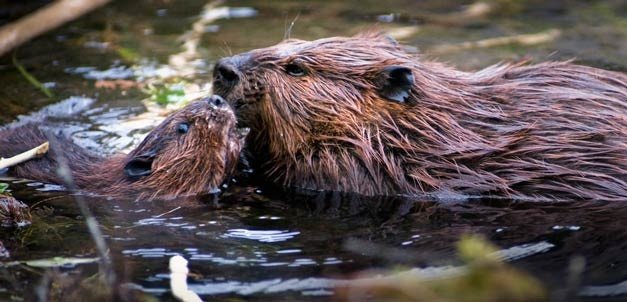
The beaver primarily is a semi-aquatic rodent and after the capybara, They are the second-largest rodent in the world. one species of this animal is the native to North America. Beavers are known for building dams and canals with timber as their homes. The Beavers really eat the wood, but they use more than the young twigs and sapwood of branches of the trees. They cut trees and shrubs in the summer and use the wood as a winter food supply.
Rabbits

Rabbits sometimes eat wood. They have a simple stomach but symbiotic microorganisms allow them to digest wood.
Porcupines
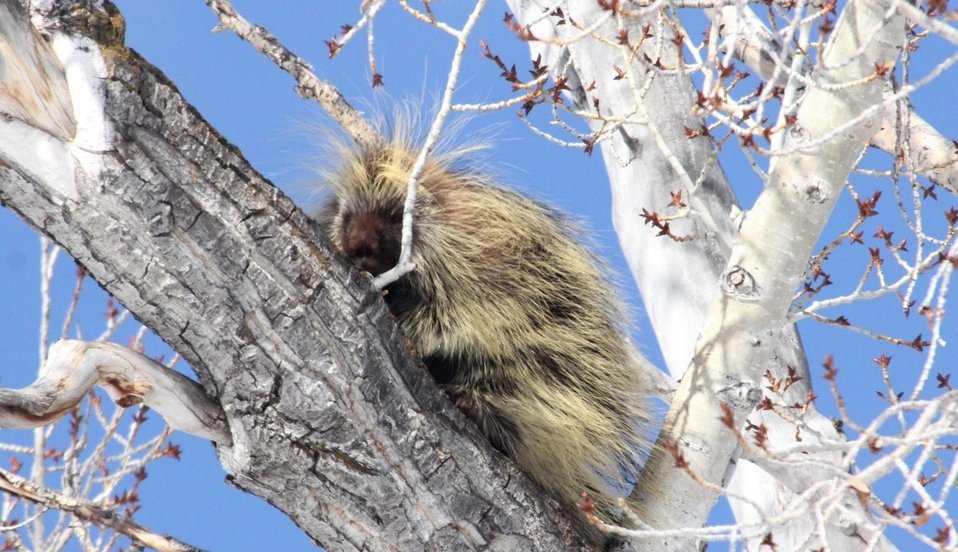
Porcupines are large rodents with chunky bodies and short legs. Although these animals feed on ground vegetation over the spring and summer, they eat the inner bark of the trees in the winter.
Lichtenberg Wood Burning eBook

Download Lichtenberg Wood Burning eBook
One of the modern techniques for creating wooden artwork is called Lichtenberg wood Burning. In this eBook, we are going to introduce this newfound art to you.
This technique is known with some different names such as Lichtenberg wood burning, fractal wood burning, and electricity wood art.
This technique should not be confused with wood burning art or pyrography. The art of pyrography on wood is the art of creating motifs and designs by burning with hot metal tools on objects such as wooden surfaces.
Lichtenberg burning is a wood-burning technique for creating designs with electricity.
This eBook is a comprehensive guide on Lichtenberg Wood Burning. All you need to know for Lichtenberg Wood Burning is here.
This is a limited-time offer, order now to get access to the future eBook releases.
Deer, Moose, and Camels
There is a bunch of ruminant animals that can eat wood and digest it. Deer, Moose, and Camels are animals that have this feature. The diet of these animals mostly includes the twigs of woody plants. They chew foliage of trees just enough to swallow. These animals can eat the bark of the tree and during the winter months, their food becomes even more woody.
Termites
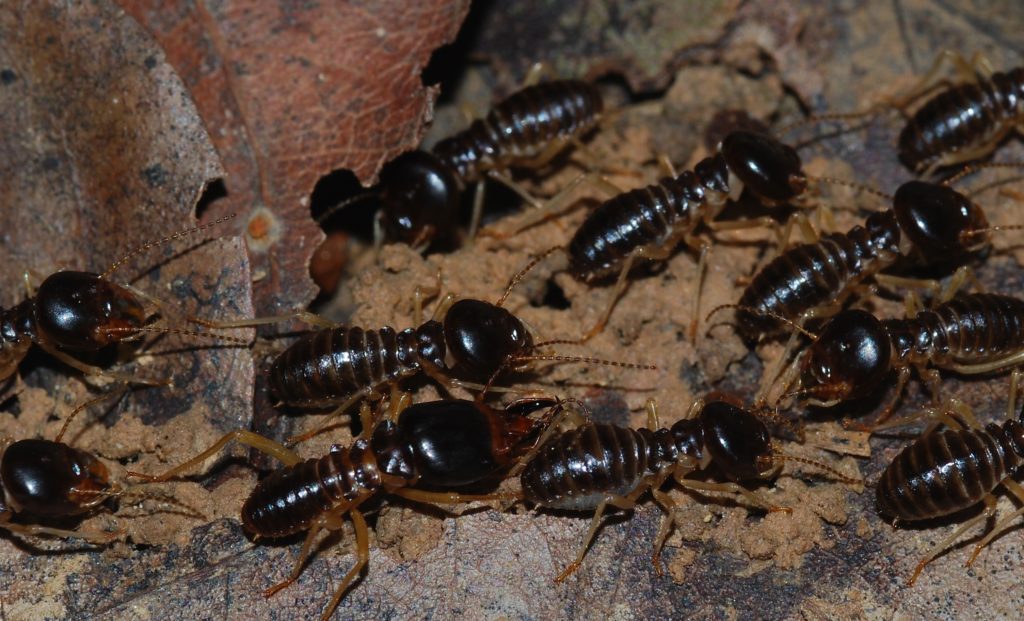
Termites seek out cellulose, the most organic compound that you can find in nature. It is the main building block of all of the plants. This can be found in many materials which humans use every day, like wooden furniture in your home or your t-shirt. Termites feed on many of these materials to get the cellulose. They eat wood to derive the nutrients they need to live. Termites have certain bacteria in their gut that allow them to break down the cellulose fibers in wood, which is difficult for other creatures to digest.
If you hear sounds from the wall or the attic, especially at night, it’s likely that the sounds are related to chewing of a rat. The rats need to control the growth of their teeth, therefore they chew everything. The rats that rush into your house are introduced with the various things they are chewing. People think that rats are found in more wooden houses. Yes that’s right, but the rats do not eat the wood, but they only chew it. Wood is very suitable for chewing because of its texture. On the other hand, mice and rats can easily hole the wooden walls and containers to get food. The behavior of mice during a search for food clearly indicates that they eat something that provides them with the most energy they need and less time to achieve. Generally, mice prefer grains, nuts, and cheese.
Therefore, it can be said that the rats and mice do not eat the wood, but they chew the woods to prevent excessive growth of their teeth or to find food and build paths.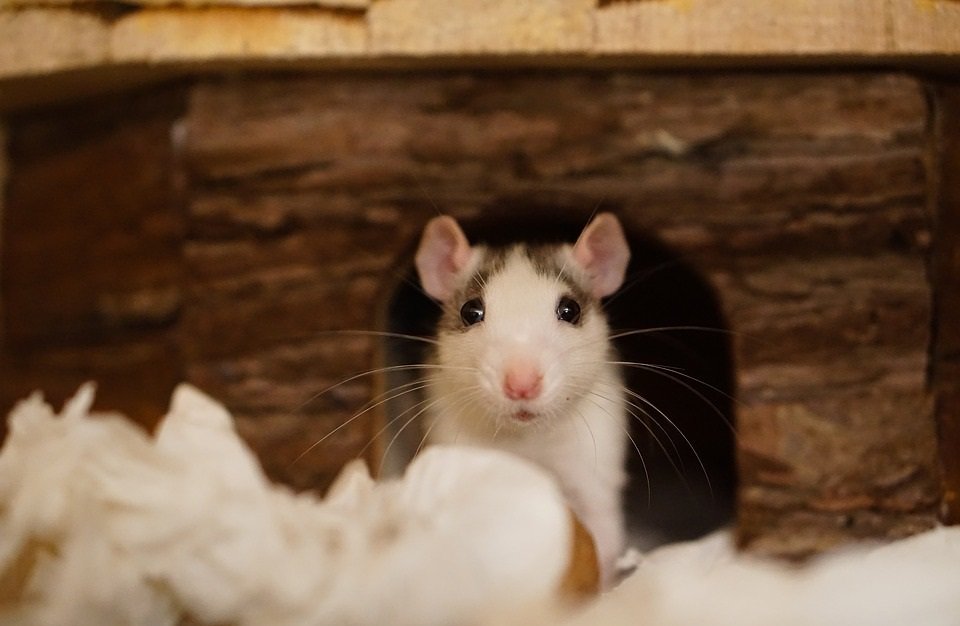
Bees do not eat wood and just drill it. Actually, they feed on plants pollen. The common name “carpenter bee” comes from their making method for the nest. Nearly all species make their nest into hard plant material such as dead wood or bamboo. Carpenter bees don’t have teeth. But they have mandibles and they use their mandibles like teeth to cut wood for making nests.
We remind woodpeckers by pecking trees. They do not eat wood. Woodpeckers feed on insects and worms in the trunk of the trees, which makes it a great help to the trees. The woodpeckers can instinctively find the place of insects and worms into the trunk of the tree, and they eat them with their long tongue. They also nest for themselves by drilling a hole into the trunks of the trees.
There are carpenter ants in many parts of the world that are very large and sometimes reach up to 2.5 centimeters in length. Carpenter ants drill the wood to make their nests; They do not eat the wood but easily pull it through their colony holes. You can see the small masses of wood chips or grass around the holes, this helps to identify Carpenter ants. The carpenter ants look for a wet and damaged wood in which to build their nests.

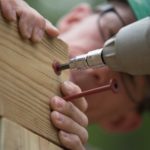
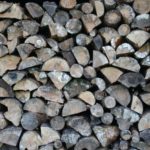

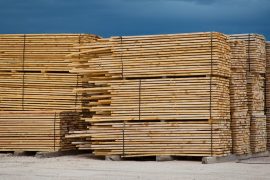
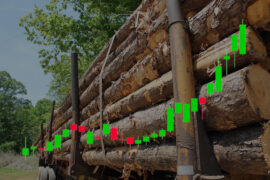
Comments
Pingback: Rot-Resistant Wood Chart - Wood Dad